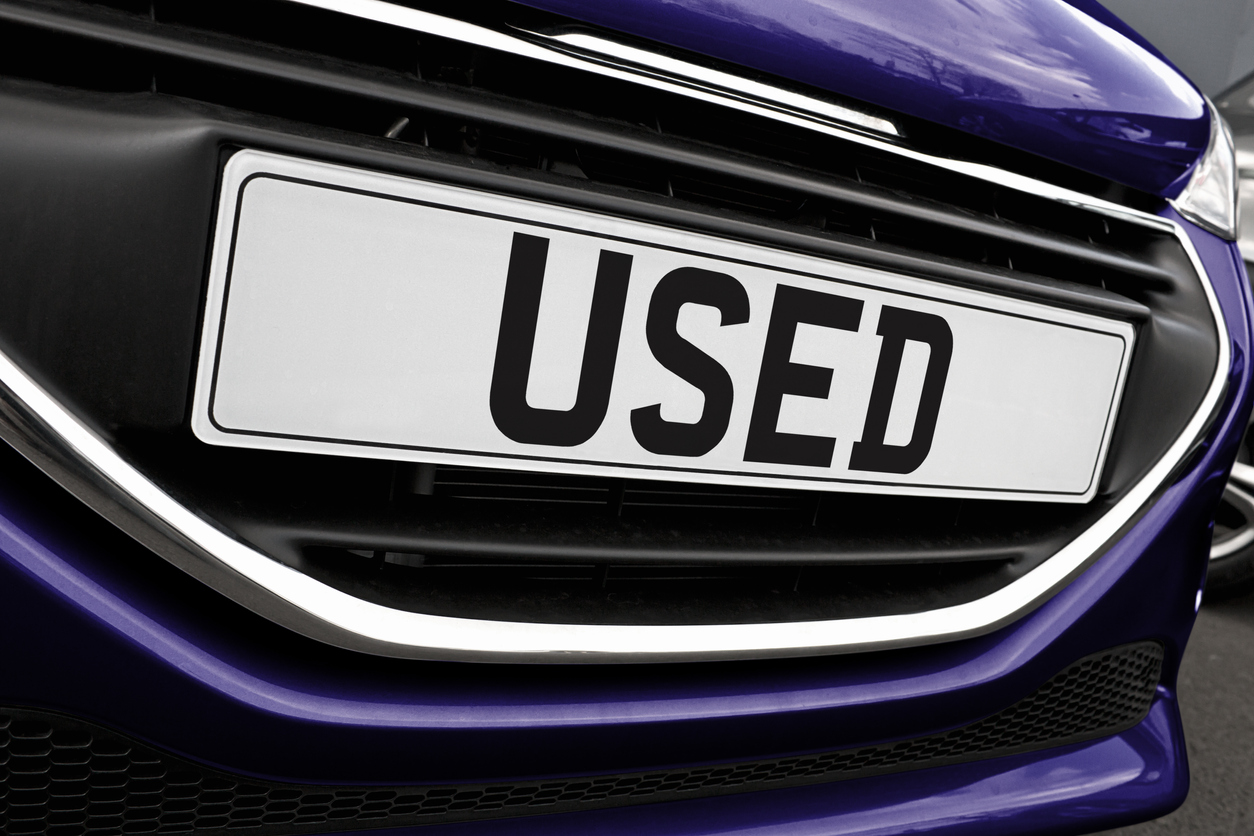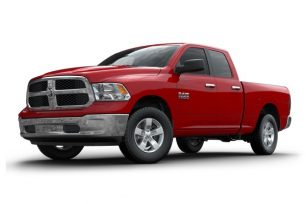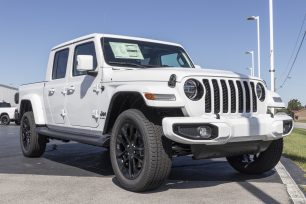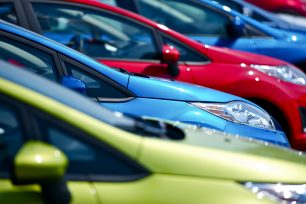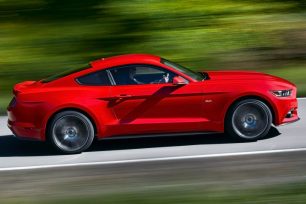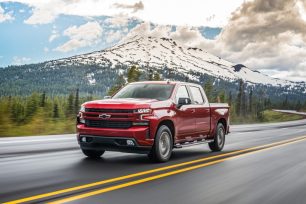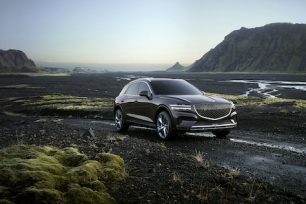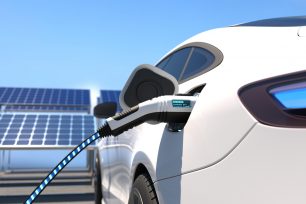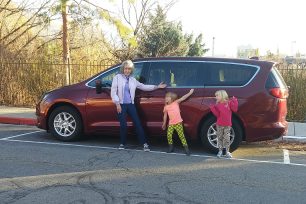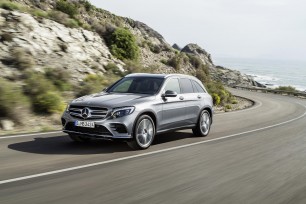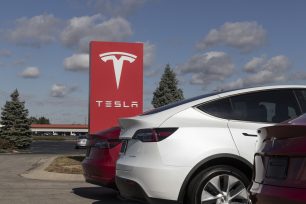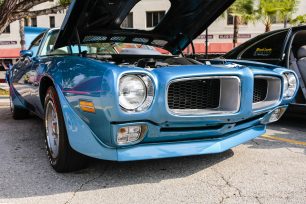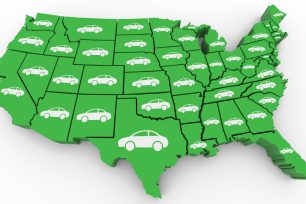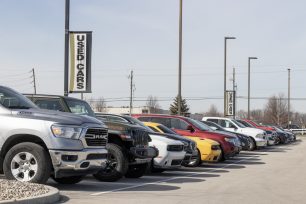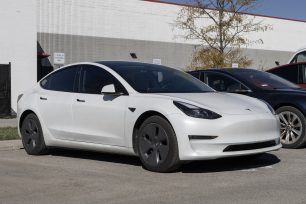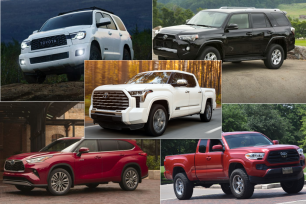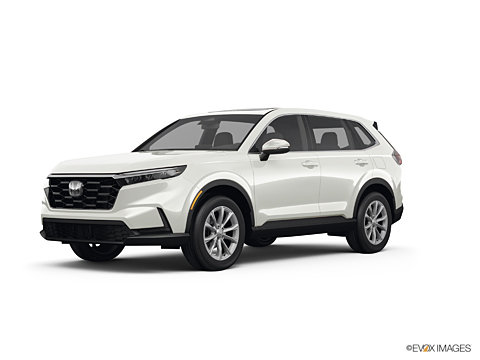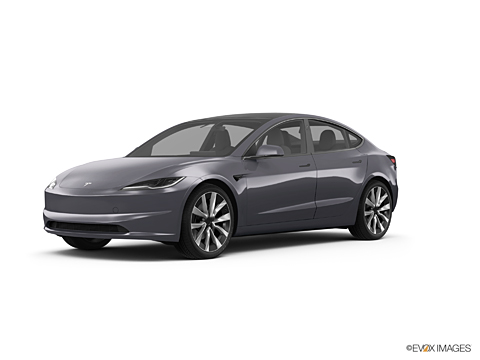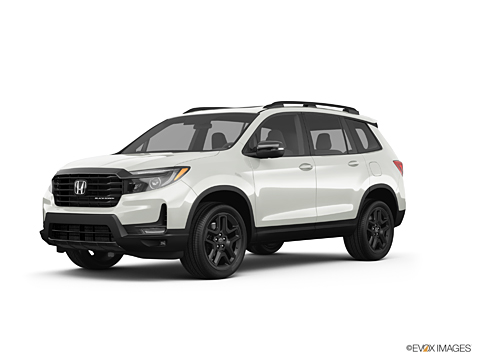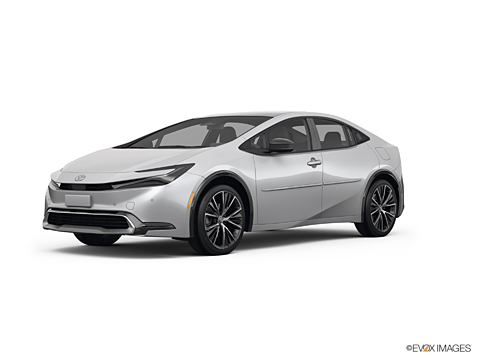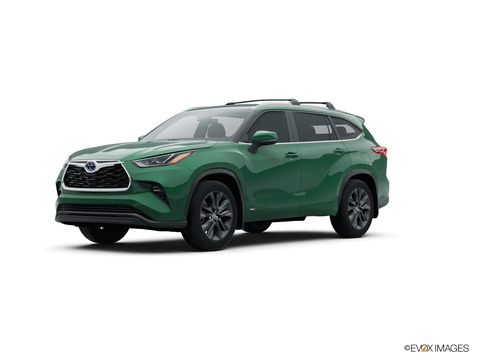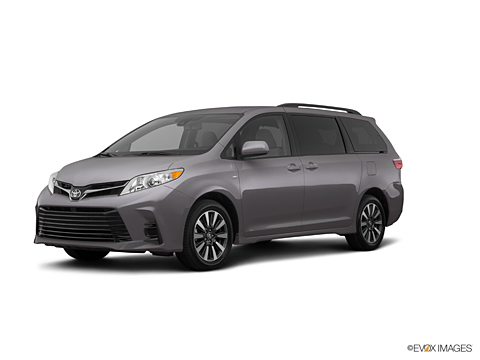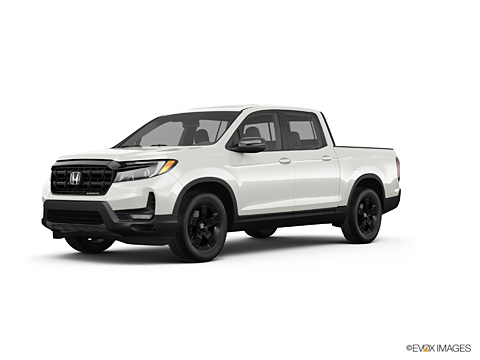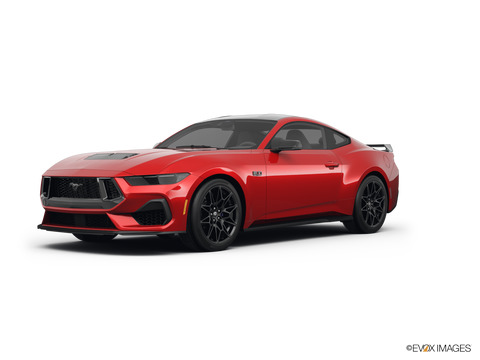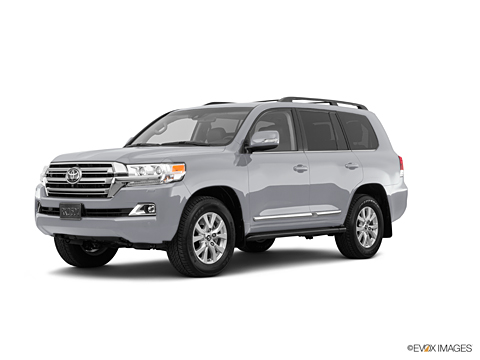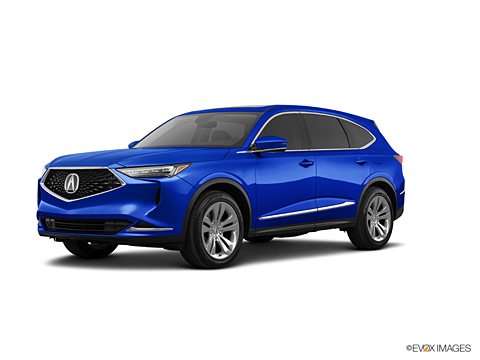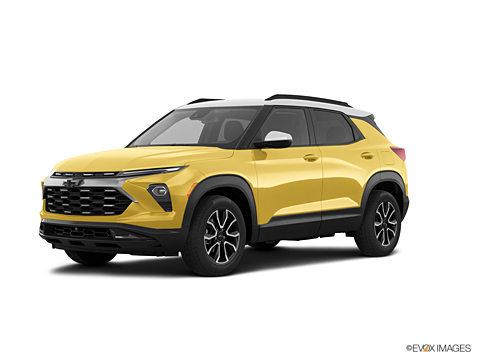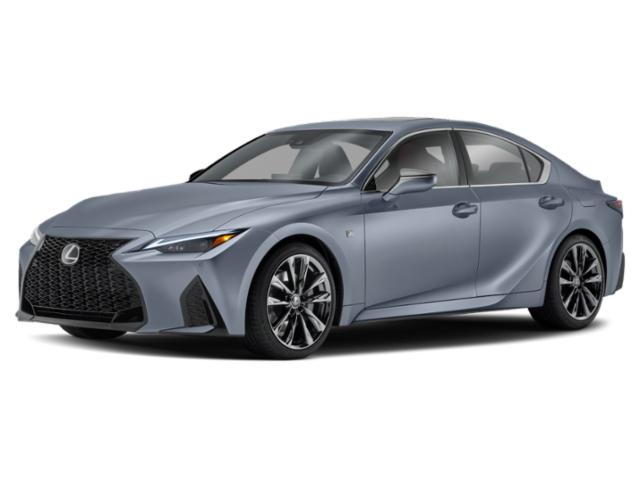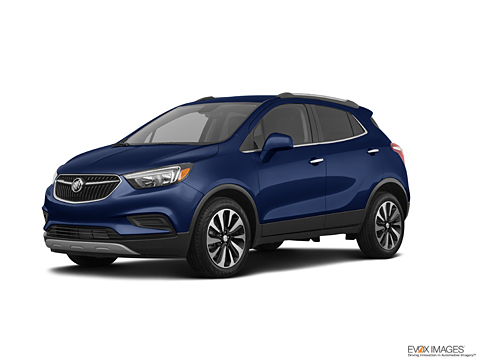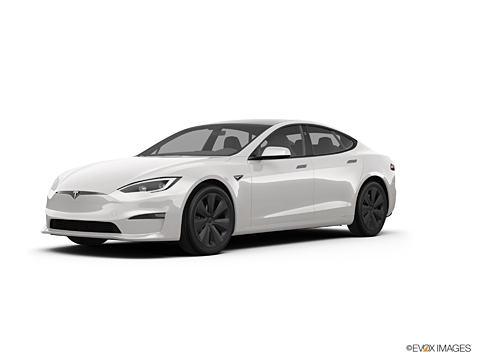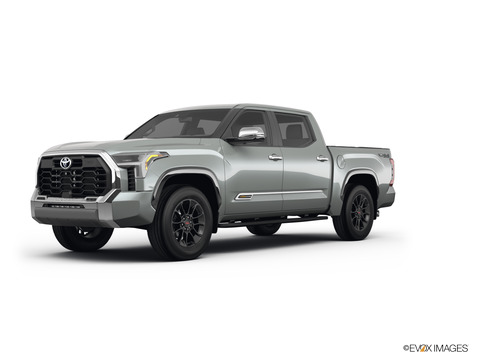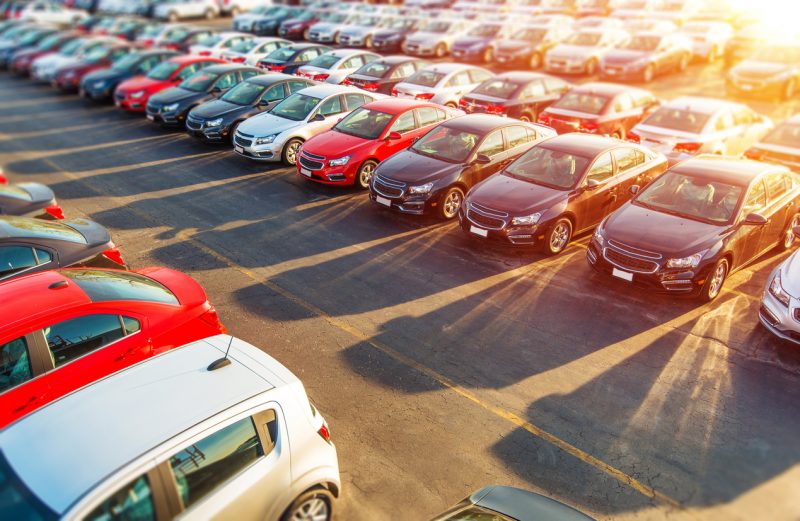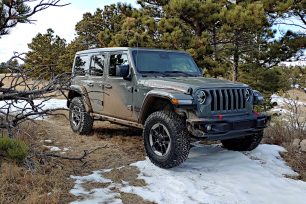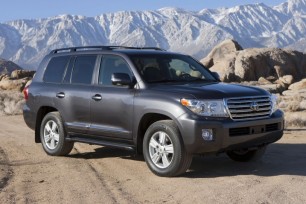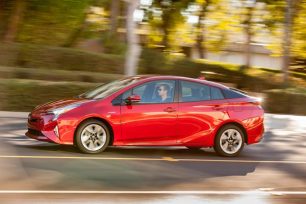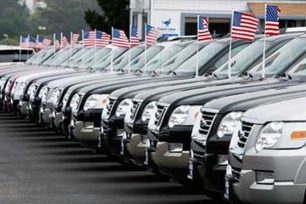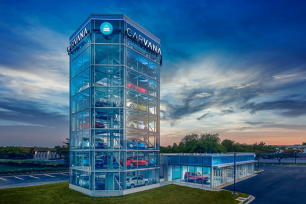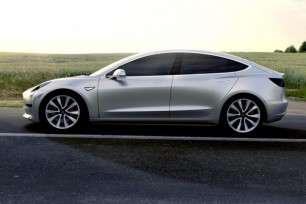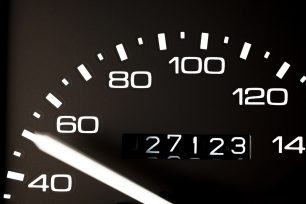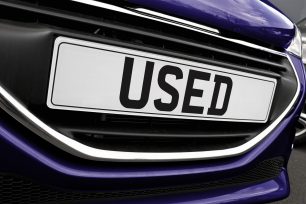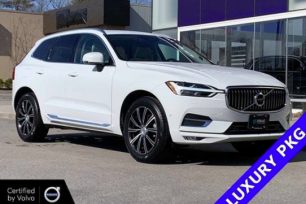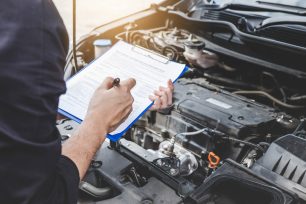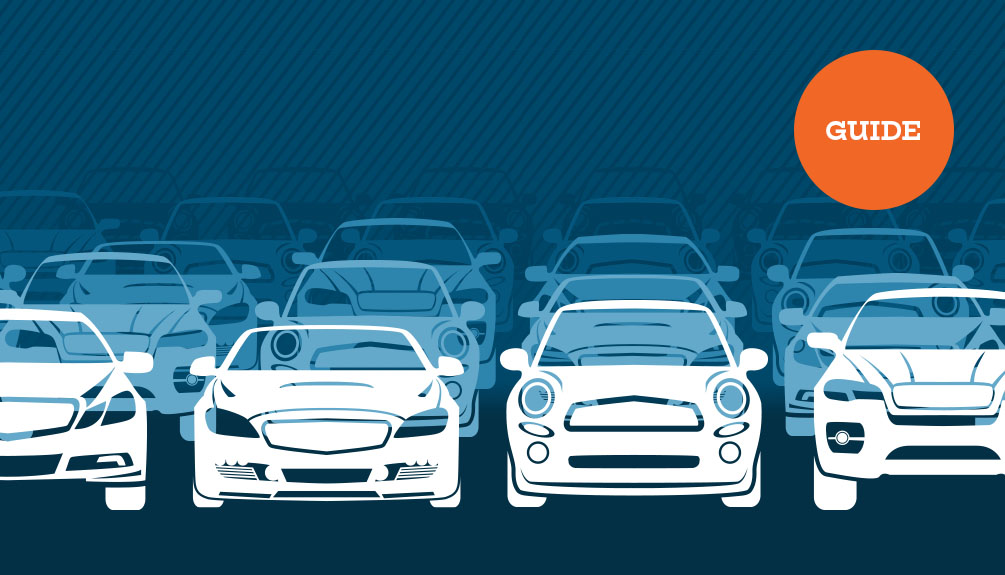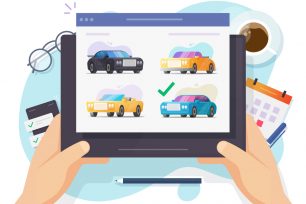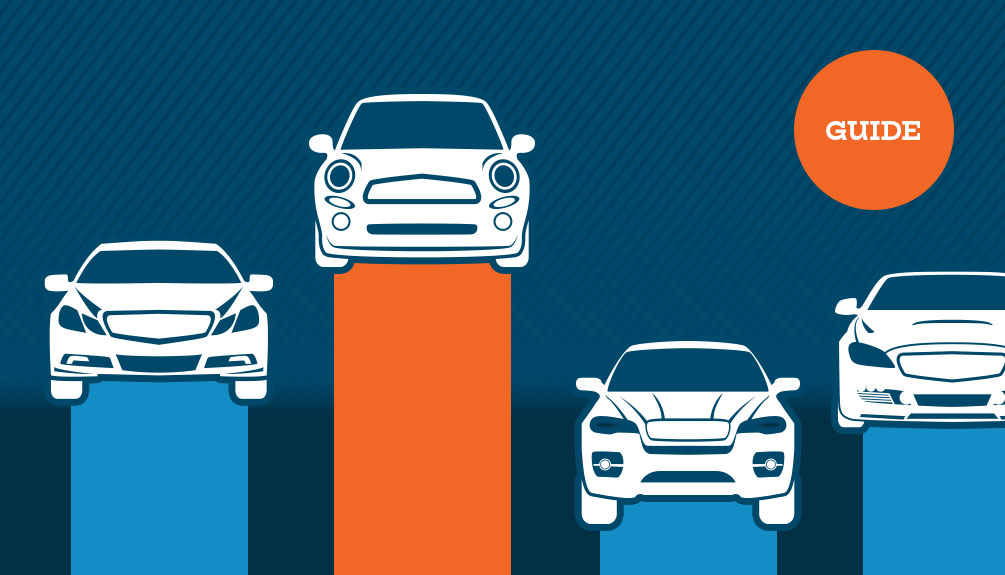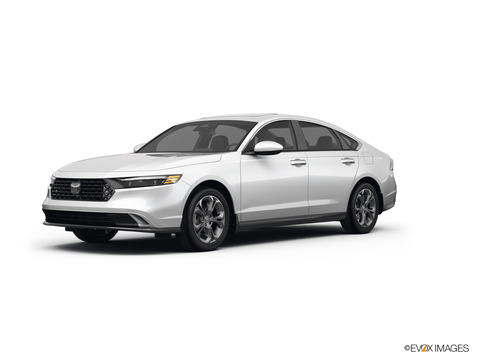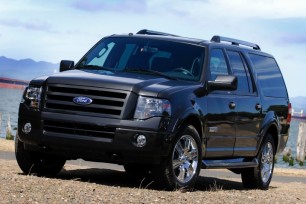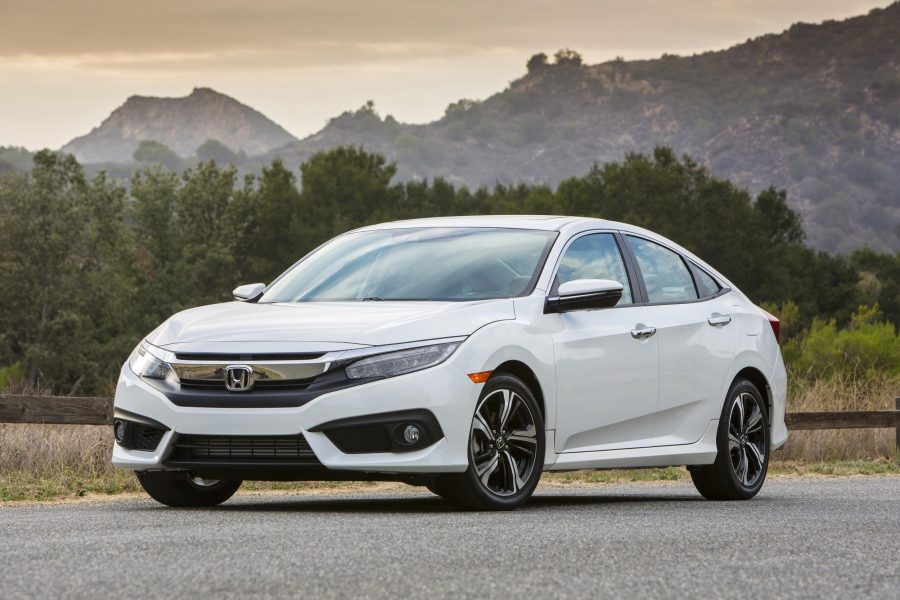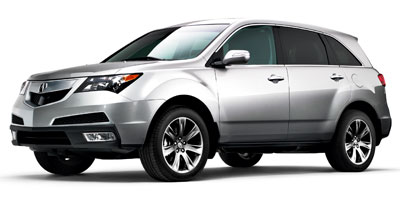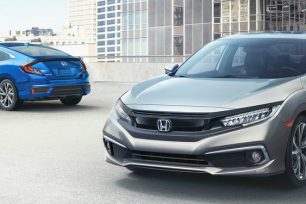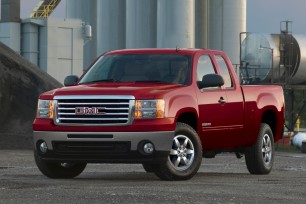Buying a used car is a great way to save money and still get the car you want. Whether you're constrained by your pocketbook or have certain automotive needs that must be met (such as a backseat for the kids, or all-wheel drive for winter weather), today's used car options deliver almost everything the latest new cars do – and at a lower overall cost.
For this story, we looked at a new 2021 Toyota RAV4 Limited Front-Wheel-Drive model, and compared its price and ownership costs to a 3-year-old 2018 Toyota RAV4 Limited Front-Wheel Drive model. The used model had only 13,500 miles and still looked brand new. When appropriate, we’ll use these two cars to put real numbers behind the following top 10 reasons why buying a used vehicle versus a new vehicle is a smart financial decision.
1. Used Car Has a Lower Purchase Price
Usually, the second you drive a new car off the lot, its value depreciates by as much as 20 percent. Studies show that most cars are only worth 60 to 70 percent of their original value three years after purchase. When you buy a used car , the largest percentage of depreciation has already been absorbed by the original owner, and you get the car at a much lower price .However, with the recent pandemic and current microchip shortage limiting the supply of new cars, used car prices are at levels we’ve never seen before. This means the price savings on used cars is much smaller than normal, with one-year-old cars only about 3 percent below a brand-new version of the same car. This is very different than the 10 to 20 percent drop we’d typically see on a one-year-old car.
In the case of our three-year-old RAV4 comparison, the 2018 used model was priced at $29,114 versus the new version’s $38,347. That’s still a savings of $9,233, or about 24 percent, off the new car’s price. But that’s also about half the 40-plus percent savings we’d normally see on a 3-year-old car’s price (though the relatively low mileage on our specific used RAV4 also helped raise its value).
To get a sense of what you’ll typically pay for a new car versus a used model in today’s market, here are the current average prices for late model cars in the summer of 2021:

New Car Average Price: $41,748 One-Year-Old Car Average Price: $39,615 Two-Year-Old Car Average Price: $35,000 Three-Year-Old Car Average Price: $31,166
Once again, we’d normally see a much wider spread of pricing across these categories, but the global chip shortage and constrained new-car supply has kept pricing much higher for used models.
2. Less Depreciation – Usually
As stated, a new car typically loses up to half its value in the first 3 years. After that a car’s resale value drops at a much slower rate, meaning a 3-year-old car will lose far less value in year 4 than a new car will lose in year one. After all, depreciation is the biggest contributor to a vehicle’s cost of ownership , so why not let someone else shoulder most of the cost?However, as mentioned above, the normal rules of vehicle depreciation have been upended by the shortage of new cars. Our research showed the 2021 RAV4’s depreciation and the 2018 RAV4’s depreciation were almost identical in the first year after purchase, with the new model losing $4,053 and the used model losing $4,147. We’ll call this one a tie, due to today’s circumstances, but normally the new car would lose more than twice its value in the first 12 months after purchase compared to a 3-year-old model. (Check out our related guide for a list of cars that best hold their value).
3. Lower Sales Tax
One component that hasn’t been impacted by today’s unusual car market is the sales tax you pay on a vehicle. It’s based on the purchase price , and if you buy a new car the higher purchase price means higher taxes. In the case of our two RAV4s, and using Southern California tax rates, the new model required $2,972 in tax payments while the used model cost $2,256, or $716 less. Thankfully, you only pay tax on the purchase price once.4. Lower Registration/Use Tax
While sales tax is only paid upfront when you first buy a vehicle, the annual registration and use tax must be paid every year. Using our same Southern California location, the registration and use tax for the 2018 Toyota RAV4 was $422, while those same fees for the new 2021 Toyota RAV4 cost $537. Every year the cost for both models will drop, but every year the newer Toyota will have higher registration/use taxes than the used model.5. Lower Auto Insurance Costs – Probably…
Car insurance rates are, usually, higher for new cars than they are for used cars . The reasons are simple: new cars are more likely to be financed (and therefore require full coverage), and annual insurance rates can run as high as 20 percent of a car's sticker price . Buying a newer, more expensive model can end up costing you additional money for several years.However, after providing the information on these vehicles to our insurance company, and using the exact same conditions for both (deductible, location, primary driver, annual mileage, etc.) the cost of insuring these vehicles proved nearly identical. The 2018 RAV4 cost $1,031 every 6 months and the 2021 RAV4 cost $968.
How does a newer, more expensive car cost less to insure? Well, our insurance company (USAA) gives a “New Car Discount” for the first year, and a much smaller discount for the second year (no discount starting in year 3). This made the difference on the new RAV4 being slightly ($63) less to insure in year one. That advantage would disappear in year 2, going in the favor of the 2018 model, and would stay cheaper for the used RAV4 going forward.
Of course everyone’s circumstances are unique when it comes to insurance, so never assume anything. If you’re trying to choose between a new and used car, call your company and get a quote before committing to a purchase.
6. Maintenance at Independent Shops versus Dealers
Our research showed maintenance costs of $68 for the first year after buying the 2021 RAV4, $417 for the first year after buying the 2018 RAV4. Those numbers assume all work is done at a Toyota dealer, which is essentially the most expensive way to maintain a car.If you buy a brand-new car, with a brand-new car factory warranty, having it serviced at a dealership is probably a good idea. It ensures records of all service activity, which can be helpful if you have to make a warranty claim. However, if you buy a 3-year-old Toyota RAV4 the bumper-to-bumper warranty coverage is gone (it only lasts 3 years or 36,000 miles). You still have Toyota’s 5-year/60,000-mile drivetrain (engine/transmission) warranty, and you can still make warranty claims if there’s a drivetrain issue, even if you don’t always get a car serviced at the parent brand’s dealerships.
So if you buy the 2018 Toyota RAV4 and want to use an independent mechanic to service the vehicle you can, and you can save money doing it. Just make sure you follow the manufacturer’s service schedule and get receipts for all the work; in case you do have to make a claim in years 4 or 5 on the used RAV4’s engine or transmission.
7. Avoid Car Dealerships
Speaking of avoiding dealerships , when used car shopping you have a number of places to look. You can peruse online listings sites like iSeeCars.com, visit eBay, check the local classifieds, or shop on Craigslist. Or you can opt for a dealership that sells used cars (most do, because they make more profit on used cars compared to new cars ).But if you buy a new car your choices are down to pretty much one option – a new car dealership. This means you’ll have to work with a salesman, probably his “boss” (“I don’t know if we can do that price. Let me check with my manager.”), plus the Finance and Insurance department trying to sell you tinted windows, an extended warranty, and an antenna maintenance plan. And the process will likely take 4-6 hours. New car dealers will try to get you in the door by advertising low down payments and zero interest new car loans, but you need to have a nearly perfect credit score to qualify.
This doesn’t mean you should never buy a new car, and today you can accomplish much of the process online, shortening those interminable hours spent at the dealership. But if you buy a used car you’ll have more purchase options, and likely fewer hassles during the purchase process.
8. Used Cars Can Be Just as Reliable as New Cars
Although buying a new car may seem like a more responsible choice, no car purchase is guaranteed to be hassle-free. Factory recalls, faulty parts, and unexpected maintenance or repair requirements can occur just as easily in a new car as they can in a used car . Late model used cars often have the latest technology and safety features , so your used car won’t even feel dated.But, the quality of all cars has risen dramatically in recent years, with the majority of used vehicles from 2015 or later offering an impressive combination of reliability, comfort and advanced technology. And if you buy a low-mileage used car from a reputable automaker, like our 13,500-mile 2018 Toyota RAV4 subject model, your ownership experience will very likely be just has trouble free as buying the new 2021 model. You are also more likely to enjoy more years of ownership if you opt for a reliable vehicle. (Check out our list of longest-lasting cars if you’re interested in owning a car for the long-haul.)
And you should always have a used vehicle inspected at a reputable mechanic before you buy. This can help identify lurking issues you missed when looking at the car or taking it on a test drive. You should also look into iSeeCars’ free VIN check and VIN report to get a detailed pre-purchase analysis on your prospective used car purchase. The VIN report often includes a free CARFAX or Autocheck vehicle history report, which will provide important information about a car’s accident and maintenance history. (What are the differences between these two main vehicle history reports? Refer to our Autocheck Vs. Carfax article.)
9. Save the Planet
While buying a brand new hybrid car might seem like a great way to go green, it actually takes more energy to build a new hybrid than it does to buy a fuel-efficient used car . Every time a hybrid comes off the assembly line it takes about 46,000 miles of driving before the car “breaks even” in the amount of energy it saves through fuel efficiency versus the energy required to produce it. Buying a used car that already exists – as long as it's not a gas guzzler – will actually reduce your carbon footprint. (If hybrid car ownership appeals to you, check out our list of Best Hybrid Cars ).10. Less Stress
Buying a pristine new car is a great feeling...until you see and hear that first rock get kicked up and bounce off your hood or windshield from the construction truck you were stuck behind. Depending on how neurotic you are about your car’s condition, watching your new car settle into “ used car ” status can be very painful. Every pothole crash, wind-blown sand blast or parking lot door ding is like a piece of your soul being broken off and thrown away.Buying a used car, with one or more clear signs of existing wear, takes the stress level down a notch. Sure, you’d still like to keep your “new to you” used car in good condition, but it wasn’t “mint” when you bought it, so getting “less mint” over time doesn’t feel as soul-wrenching.
Buying a car – regardless of whether you choose new or used – is a major endeavor that can put a strain on your finances for years. Fortunately, most of the benefits of buying a used car have to do with money.
In our example, comparing a 2018 against a 2021 Toyota RAV4 Limited Front-Wheel-Drive model, the overall savings in the first year of ownership, if you buy the 2018 model, comes in at $9,558. That number would normally be higher in a normal car market, but even with the current, elevated used car values we’re seeing in 2021 you’re still saving almost $10,000 by buying used instead of new.
As long as you take your time, evaluate your prospective purchases, utilize a vehicle history report, and have a mechanic check out your used car prospect before you buy it, you can save a lot of money on a used car while enjoying a trouble-free, lower-stress ownership experience.
Are you convinced that buying used is the best purchase decision? Check our comprehensive How to Buy a Used Car guide.
Check out our other helpful car buying resources:
- iSeeCars Best Cars Rankings
- Car Leasing Vs. Buying: Which is Better?
- What Does Certified Pre-Owned Mean?
- What to Look For When Buying a Used Car

